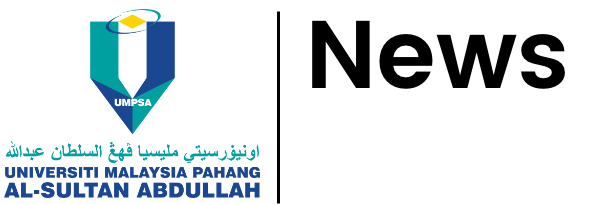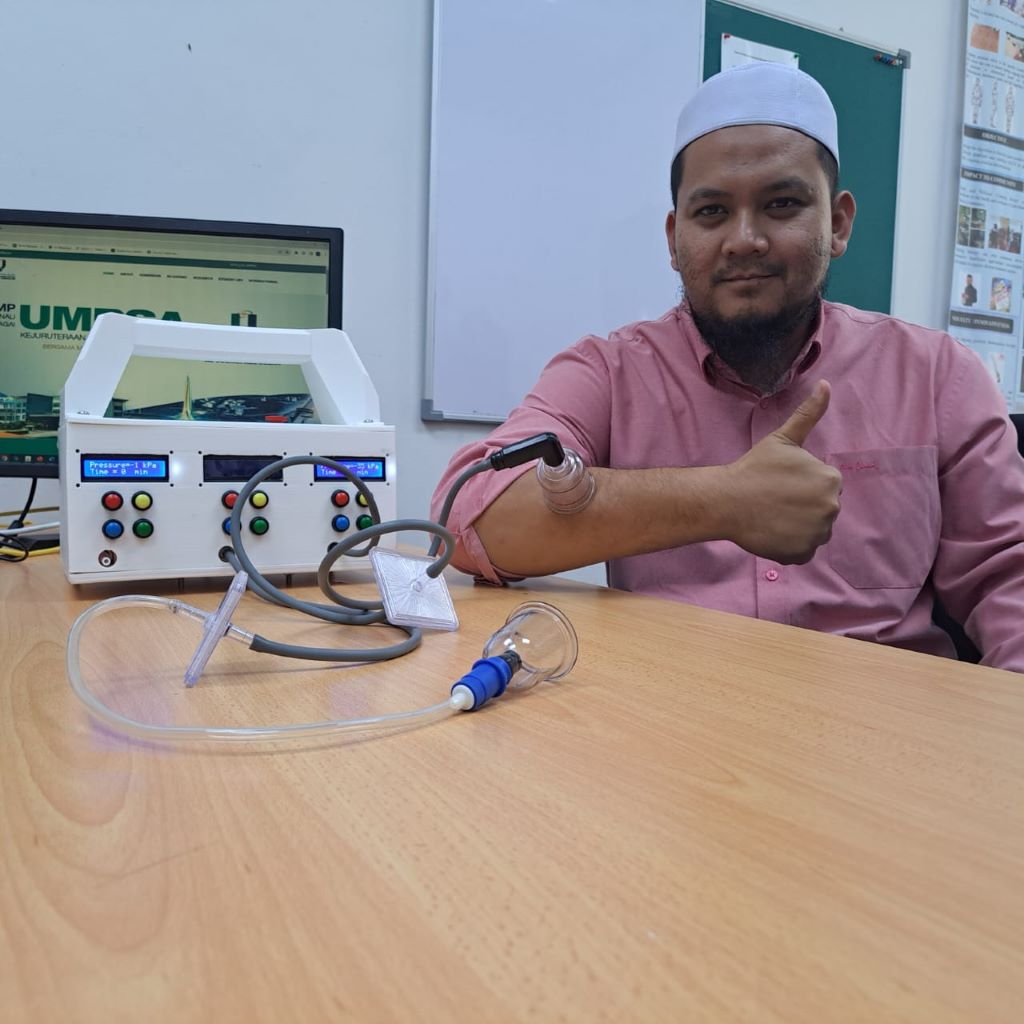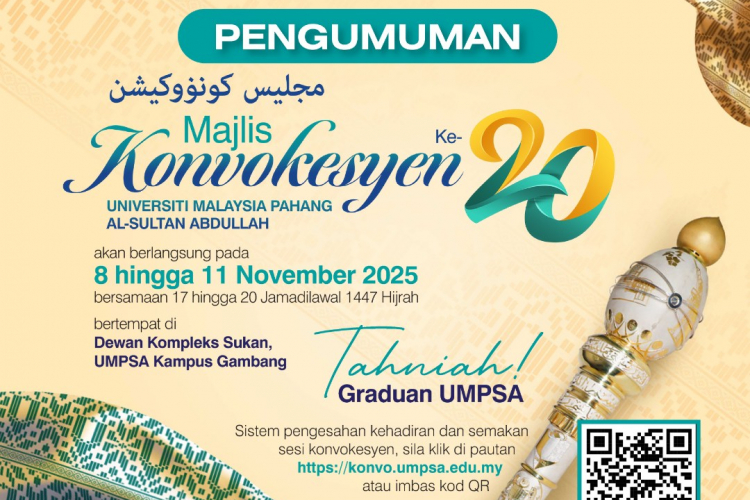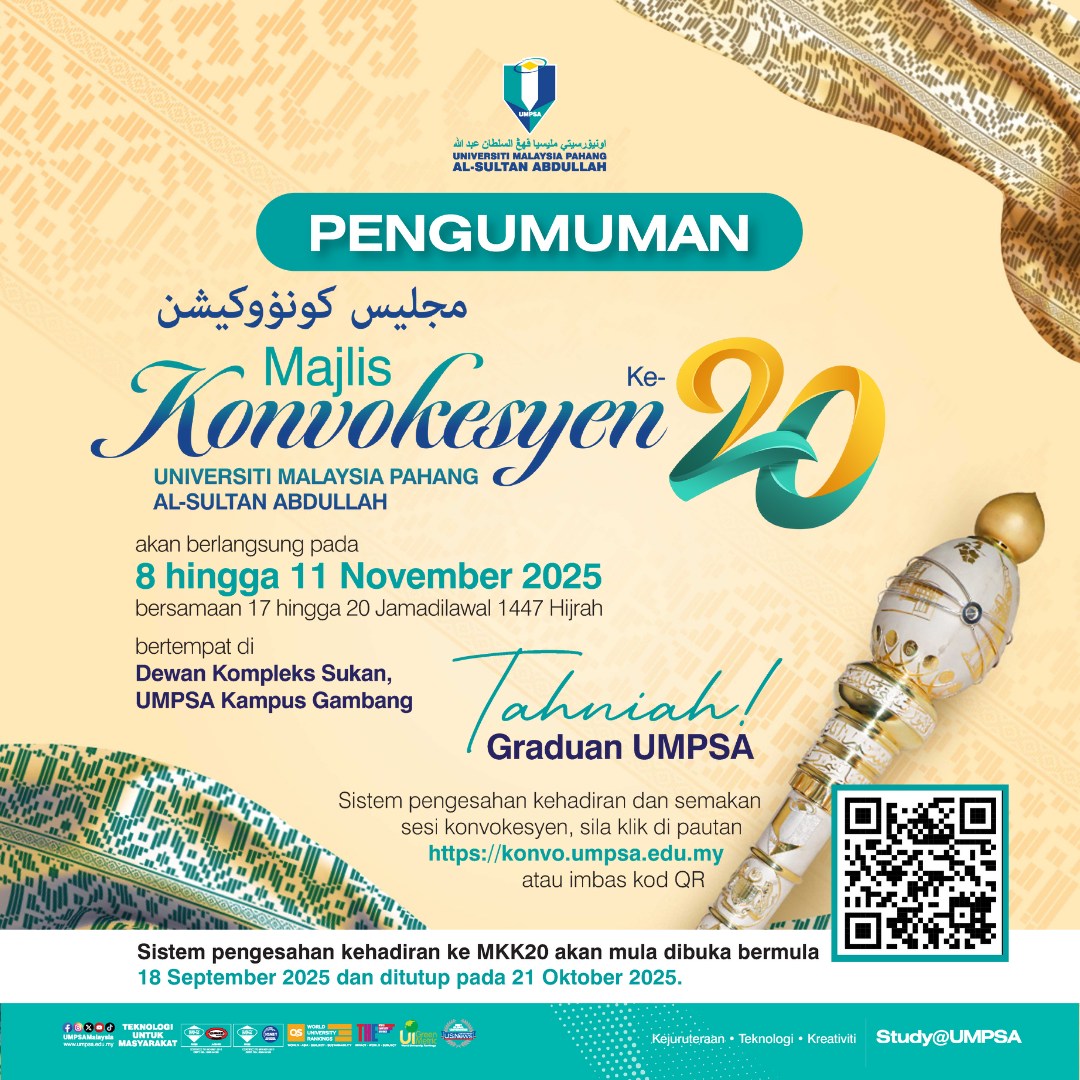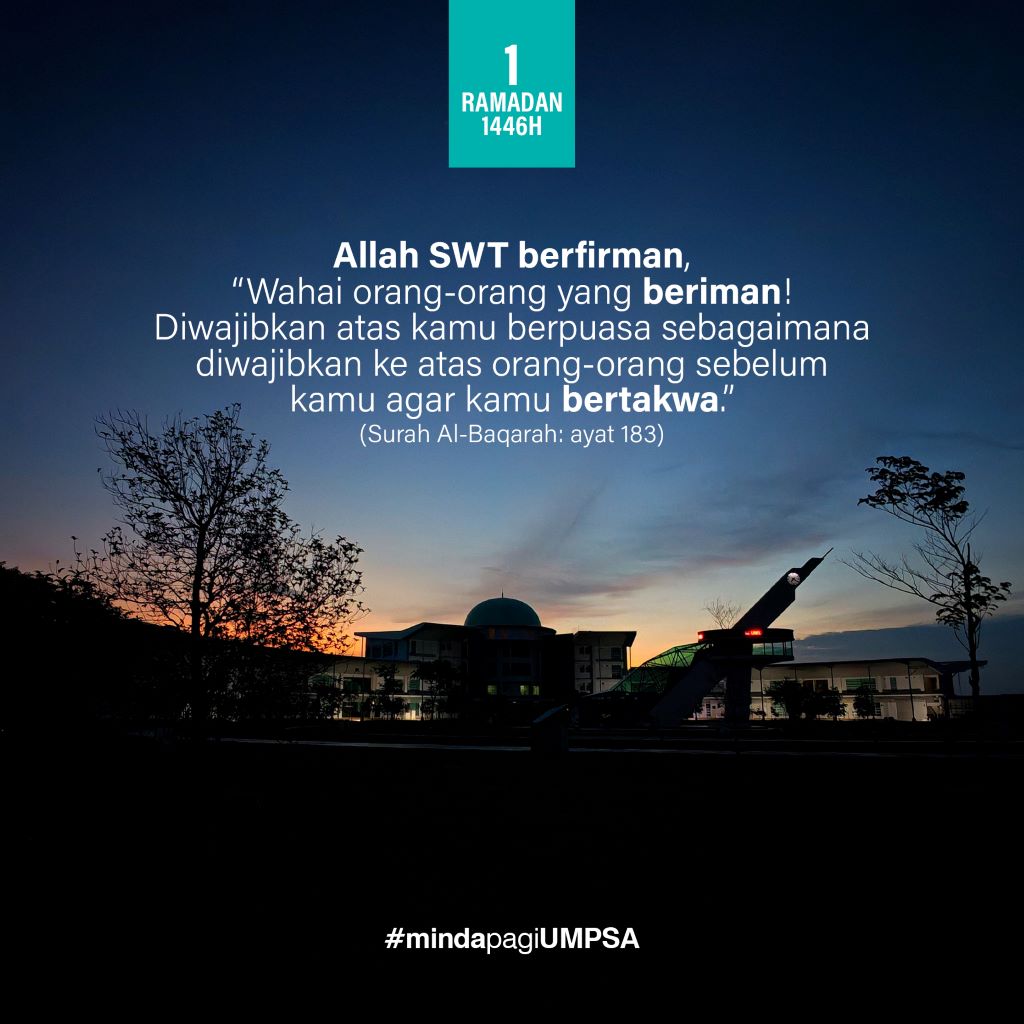Ts. Dr. Mohd Riduwan produced an automatic cupping machine to replace existing phlegm suction machine
PEKAN, 18 August 2023 – Cupping therapy is a form of alternative medicine that is widely practiced by Muslim, Chinese and European communities.
This therapy is still practiced today by using various alternatives such as manual suction or phlegm suction machines for hairy areas without the need to shave.
However, this method is not very user-friendly and has the potential to cause skin blisters and make it difficult for cupping cups to stick to the skin.
To overcome this problem, the lecturer of the Faculty of Electrical and Electronic Engineering Technology (FTKEE), Universiti Malaysia Pahang Al-Sultan Abdullah (UMPSA), Ts. Dr. Mohd Riduwan Ghazali, 39, produced an automatic cupping machine with suction control using a sensor with proper intervals.
There are three suction outputs that can operate simultaneously and produce efficient mechanisms to minimise adverse effects on the skin during cupping therapy.
This research was also joined by FTKEE lecturer, Mohd Falfazli Mat Jusof, Ts. Dr. Wan Ismail Ibrahim, Vocational Training Officer, Centre for Design and Innovation of Technology, Ir. Ts. Nik Mohd Zaitul Akmal Mustapha and Ts. Wan Hassan Wan Hamat and FTKEE Bachelor’s student, Yoong Tai Hui as well as several other FTKEE students.
According to Ts. Dr. Mohd Riduwan, cupping therapy is categorised into two types, dry cupping and wet cupping.
“Dry cupping only involves suction, while wet cupping involves skin incision and blood is drawn during suction.
“Islamic cupping therapy combines these two categories.
“Suction will be applied to the skin to increase blood flow and facilitate the healing process.
“In accordance with the hadith of the Prophet Muhammad (PBUH) narrated by al-Tirmizi, from Anas bin Malik, the Prophet Muhammad (PBUH) said: ‘Surely the best medical treatment you apply is cupping’ or ‘The best medicine for you is cupping.’
“The effect of suction or vacuum can be achieved through various methods including direct suction through incision or tear, the use of leeches to draw blood, using animal horns as practiced in ancient times or more contemporary techniques involving cups made of bamboo, glass or plastic,” he said.
He further explained that these cupping cups would use a fire or pump mechanism.
“However, during cupping, cleanliness in every procedure and cupping equipment needs to be emphasised by cupping practitioners to avoid any germs and infectious diseases.
“Nowadays, carrying out cupping in a hairy area like the head is more challenging because the suction air pressure will be lost around the edge of the cup.
“This is because the hairs obstruct the cup if it is not shaved first,” he said.
He added that to overcome this problem, cupping practitioners use phlegm suction machines to produce continuous suction for hairy areas such as on the head.
“However, sputum suction machines that are now widely used in therapy centres or cupping spas have some disadvantages such as large size, only allowing one suction at a time, no time control, and no automatic suction force control.
“As a result, cupping sessions become longer and non-specialist practitioners may have difficulty maintaining the appropriate suction force so that it risks causing blisters or damage to the skin surface,” he said.
This research began in early 2016 when he learned about cupping at a cupping spa and then studied further at clinics and cupping therapy centres in Perak and Melaka before continuing in 2020 after obtaining a PDU grant until 2022.
He said the automatic cupping suction system is designed to automate this process, replacing manual manipulation that health practitioners usually carry out.
“Among the steps of the cupping suction system are system design, prototype development, testing, repair, and final testing.
“The first step involves the design of the system, namely the selection of the appropriate material, the selection of an effective suction method and the integration of sensors to control power and suction duration.
“Second, the development of prototypes involves the arrangement of mechanical, electronic and software components needed.
“Meanwhile, the third step involves testing prototypes on various human volunteer skin models aimed at ensuring the system produces accurate suction power, comfortable to use and safe for users.
“Fourth, improvements based on test results, the system is improved through the interaction of design and prototype development involving the adaptation of components, control algorithms and safety features.
“The final step is the final test once the prototype has been modified and optimised.
“This is to ensure consistent and reliable performance in various situations,” he explained.
According to Ts. Dr. Mohd Riduwan, in the system design, the controller is used to create an automatic configuration that allows the user to perform cupping therapy by setting the required time.
“The differential pressure detector is used to measure the pressure generated by the suction pump to ensure pressure stability throughout the cupping process.
“This process uses a fuzzy logic controller (FLC) that is applied in the program code.
“The system inserts buttons connected to analog pins on the controller to control execution time settings,” he said.
He further explained that four buttons are used for the complete automatic cupping system: the first button switches between state 0 and state 1.
“In state 1, the second button increases the set time by one minute while the third button reduces it by 1 minute.
“If the time display shows 0 and the third button is pressed, the time will be reset to the maximum time of 60 minutes and vice versa.
“At state 0, the second button produces a countdown while the third button stops it,” he said.
He added that pressing the fourth button will reset the entire system and restore it to its original state in both conditions.
“The pump will be activated by fuzzy logic control (FLC) based on the suction value measured by the differential pressure detector with a reference of −40 kPa (medium suction power) after a set time.
“The pressure is controlled automatically using FLC and additional external components such as bell and LED light that have been integrated into the system.
“The activated LED light indicates the readiness of the system to be used and the bell will sound when the remaining time reaches 1 minute,” he explained.
He hoped that this product could be marketed to replace phlegm suction machines which are now widely used by therapy centres/cupping spas to be more effective.
The effect is that more people are interested in cupping because there is no need to shave the hairy areas and the possibility of blistering on the skin can be reduced.
In addition, he planned to design a portable automatic cupping suction machine that is smaller in size so that it can be easily sold.
Hence, he would apply for approval from the Malaysian Medical Device Authority (MDA) and the Standard and Industrial Research Institute of Malaysia.
According to him, the estimated cost is RM1,500.00.
However, the machine is still in a period of testing and prototype development.
In the future, he wants to build a complete system for the cupping process including automatic determination of the cupping points, cupping suction at the desired points, detection of gases released during the cupping process, incision system for cupping, blood cleaning system and health level detection based on bruising after cupping.
This research won a gold medal in the Creation, Innovation, Technology & Research Exposition (CITREx) 2022 and the PRInT UMP Design Special Award in the same competition.
The research also won a silver medal at the International Invention, Innovation and Technology Exhibition (ITEX) 2022 which took place at the Kuala Lumpur Convention Centre (KLCC) on 26 and 27 May 2022.
Apart from the automatic cupping suction machine, he has produced a portable suction machine, an oxidised gas detection machine and an automatic cupping points determination system.
By: Nur Hartini Mohd Hatta, Centre for Corporate Communications
Edited by: Dr. Rozaimi Abu Samah, Faculty of Chemical and Process Engineering Technology
- 230 views
